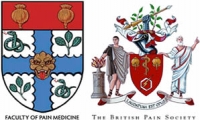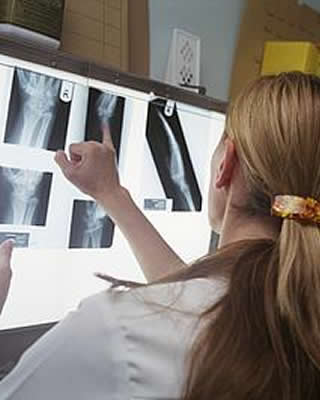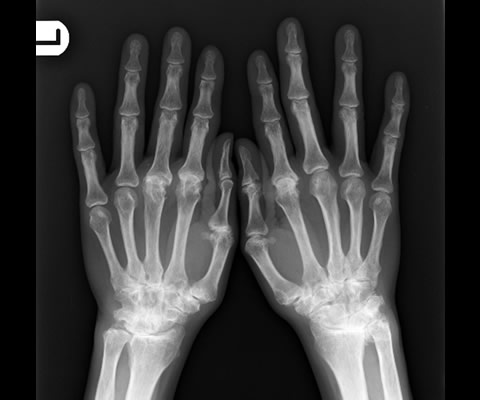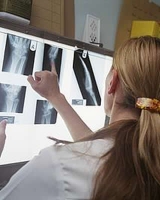Imaging and Pain course



This session describes the use of various imaging techniques in the diagnosis and management of long-term pain conditions.
Learning Objectives
By the end of this session you will be able to:
- List the indications and limitations of different imaging techniques used in pain medicine
- Request appropriate investigations to help identify common painful conditions
- Identify anatomical structures on x-ray views of the spine for intervention techniques
- Explain the purpose of functional MRI (fMRI) in pain medicine
Imaging techniques are used in diagnosis, therapy and intervention management of various chronic pain conditions.
Rahul obtained his MBBS and MD in Anaesthesiology in India, followed by training at The Guys’ & St Thomas’ Hospital and the North Central Thames London rotation. His advanced pain training was completed at The National Hospital for Neurology & Neurosurgery and the Royal National Orthopaedic Hospital.
His interests are spinal pain, musculoskeletal pain and neuropathic pain, including neuromodulation.
He is a content author on the e-PAIN project.


Gajan completed his undergraduate medical training at Imperial College London in 2001 and his radiology training at Chelsea & Westminster Hospital in 2009.
He has completed two post-CCT fellowships in Musculoskeletal Imaging at Chelsea & Westminster Hospital and the Royal National Orthopaedic Hospital, Stanmore and worked as a Locum Consultant at Imperial College Healthcare NHS Trust and North West London Hospitals NHS Trust.
He has several peer reviewed radiological publications and has authored a chapter in a textbook. He is actively involved in medical education and has completed a Postgraduate Certificate in Medical Education and has organised and taught on several radiological courses.
In addition to the Image Interpretation project, Gajan is also a contributor to the e-PAIN project.

- Anaesthesia Fundamentals | Physiology | Visceral P...
- Posted By eIntegrity Healthcare e-Learning
- Posted Date: 2025-01-11
- Location:Online
- This session describes the clinical features of visceral pain and neuropathic pain, and contrasts these with somatic pain. The neurological pathway is discussed and the principle of central sensitization.
- Anaesthesia Fundamentals | Physiology | Pain - Per...
- Posted By eIntegrity Healthcare e-Learning
- Posted Date: 2025-01-11
- Location:Online
- This session works through the peripheral and central mechanisms of pain.
- Anaesthesia Fundamentals | Physiology | Neurologic...
- Posted By eIntegrity Healthcare e-Learning
- Posted Date: 2025-01-11
- Location:Online
- The session covers the organization of the spinal cord for motor functions, the types of motor neurones, the structure and function of muscle spindles and Golgi tendon organs, and the muscle stretch reflex, flexor and crossed extensor reflexes.
- Anaesthesia Fundamentals | Physiology | Autonomic ...
- Posted By eIntegrity Healthcare e-Learning
- Posted Date: 2025-01-11
- Location:Online
- This session summarises the structure and function of the autonomic nervous system.
- Anaesthesia Fundamentals | Physiology | The Brain
- Posted By eIntegrity Healthcare e-Learning
- Posted Date: 2025-01-11
- Location:Online
- Â This session covers the functional physiological divisions of the brain, the regulation of blood flow and physiology of cerebrospinal fluid.







